In the land down under, where the sun shines bright and the skies are vast, every Aussie dreams of a lush garden bursting with fresh produce. But for many, the reality is a bit more shaded. Whether it’s the towering eucalyptus casting long shadows or the neighboring high-rise blocking the sun, gardening in the shadows poses a common challenge for Australians. However, fear not, because in this article, we’re going to debunk the myth that no sun means no garden. Prepare to discover how to turn your shady retreat into a flourishing oasis of greenery and delicious veggies!
Understanding Shady Conditions
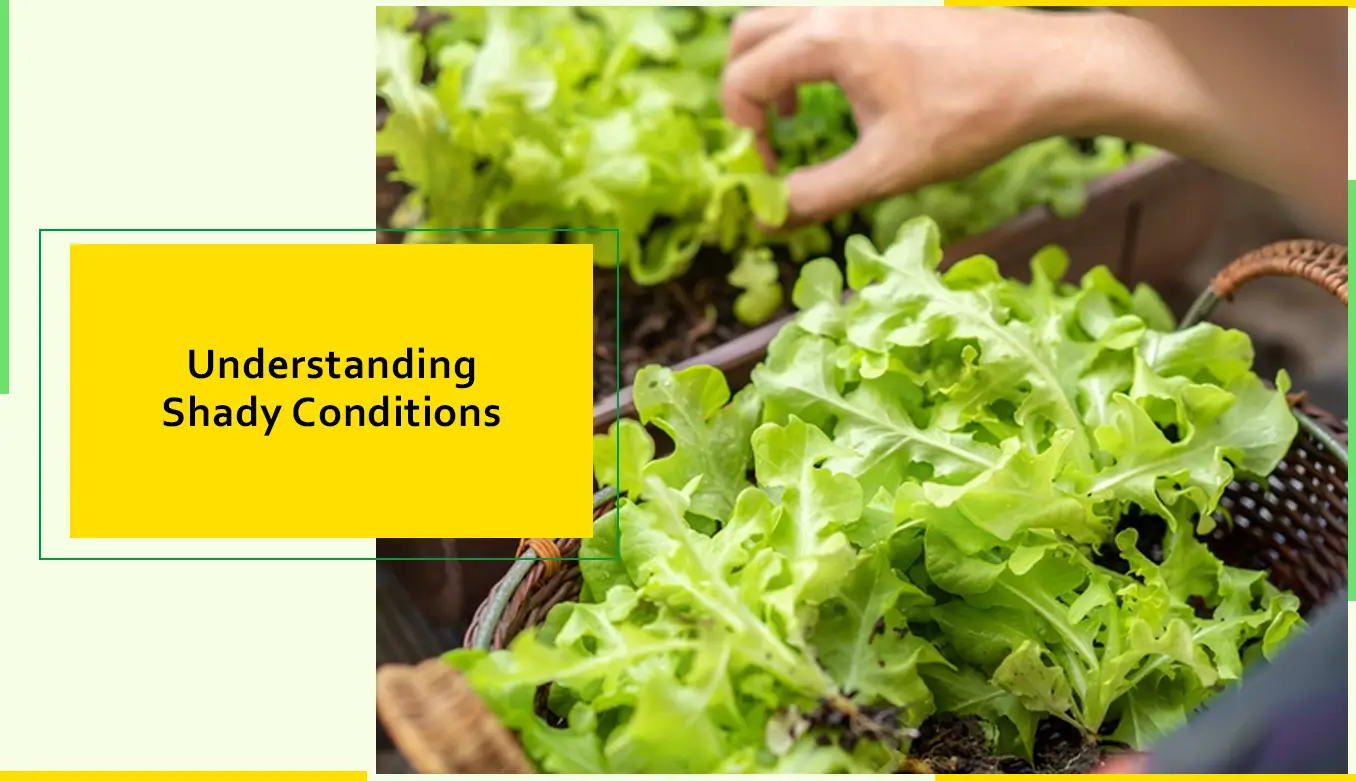
Before we dive into the depths of shady gardening, let’s shed some light on what exactly constitutes shade in a garden. Cheap Garden Shade comes in various forms, from the gentle dappling of sunlight filtering through branches to the dense cover of a canopy blocking out almost all light. Understanding the type of shade your garden receives is crucial for selecting the right vegetables and optimizing their growth.
Partial shade, dappled shade, and full shade are the three main categories of shade you’re likely to encounter. Partial shade offers a mix of sun and shade throughout the day, making it suitable for a wider range of plants. Dappled shade, characterized by intermittent patches of sunlight, can be found under trees with sparse foliage. Full shade areas receive little to no direct sunlight, presenting the greatest challenge for gardeners.
Choosing the Right Vegetables

Now that we’ve shed some light on shady conditions, let’s explore the verdant world of shade-loving vegetables. Contrary to popular belief, there are plenty of veggies that thrive in low-light environments. These resilient plants have adapted to make the most of whatever sunlight they can get, often preferring cooler temperatures and shelter from the harsh midday sun.
Leafy greens like spinach, lettuce, and kale are champions of the shade, thriving in cooler temperatures and benefiting from protection against the scorching sun. Root vegetables such as carrots, beets, and radishes also fare well in shady conditions, their focus directed underground where sunlight is less crucial. Herbs like parsley, cilantro, and mint can add flavor and fragrance to your shady garden oasis, providing culinary delights year-round.
Tips for Shady Gardening Success
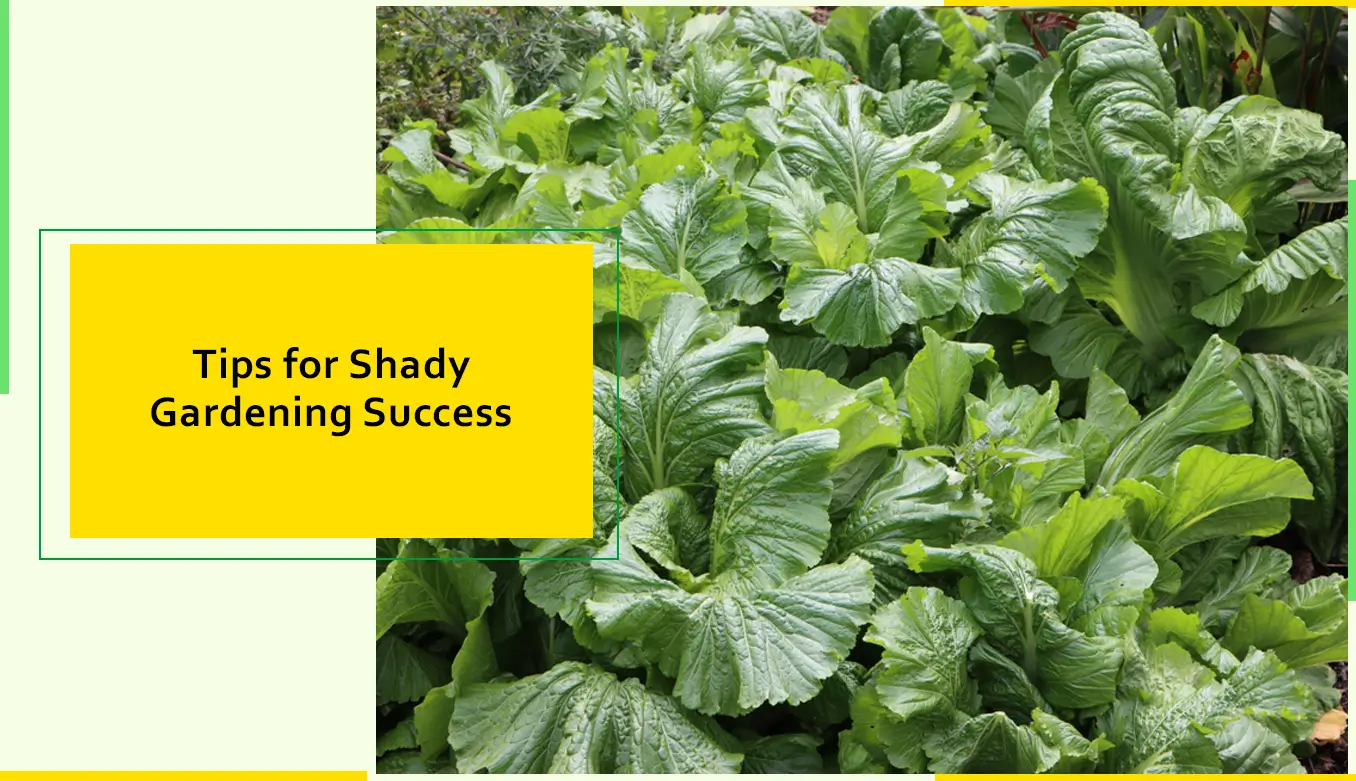
Gardening in the shadows may seem like a daunting task, but with the right strategies, you can maximize light exposure and create an environment where your veggies can thrive. Start by assessing your garden’s layout and identifying areas where natural light penetrates. Reflective surfaces such as white walls or mulch can help bounce precious sunlight onto your plants, while strategic pruning of nearby trees can open up pockets of sky.
When it comes to soil preparation, focus on improving drainage and fertility to create an optimal growing environment for your shade-loving plants. Incorporating organic matter like compost and aged manure can boost soil structure and nutrient levels, ensuring your veggies have everything they need to flourish. Remember to water consistently, as shady areas may retain moisture longer than sun-soaked spots, and fertilize as needed to support healthy growth.
Top 25+ Vegetables for Shady Gardens

Without further ado, let’s unveil the stars of the shady garden stage! From crisp lettuces to vibrant radishes, these shade-tolerant vegetables are sure to delight your taste buds and fill your plates with garden-fresh goodness.
Spinach
A nutrient-packed green that thrives in partial shade, spinach is not only delicious but also versatile, perfect for salads, stir-fries, and smoothies. With its tender leaves and mild flavor, spinach is a staple in many dishes, offering a rich source of vitamins A, C, and K, as well as iron and folate.
Lettuce
Varieties like oakleaf and butterhead are perfect for shady spots, offering crisp, refreshing leaves that are ideal for salads and sandwiches. Lettuce is a cool-season crop that grows well in shady conditions, providing a crunchy base for your favorite toppings and dressings.
Kale
Robust and versatile, kale can handle a range of light conditions, providing an abundance of dark, leafy greens packed with vitamins and antioxidants. Whether you prefer curly kale, dinosaur kale, or purple kale, this superfood is a powerhouse of nutrition, perfect for salads, smoothies, soups, and more.
Carrots
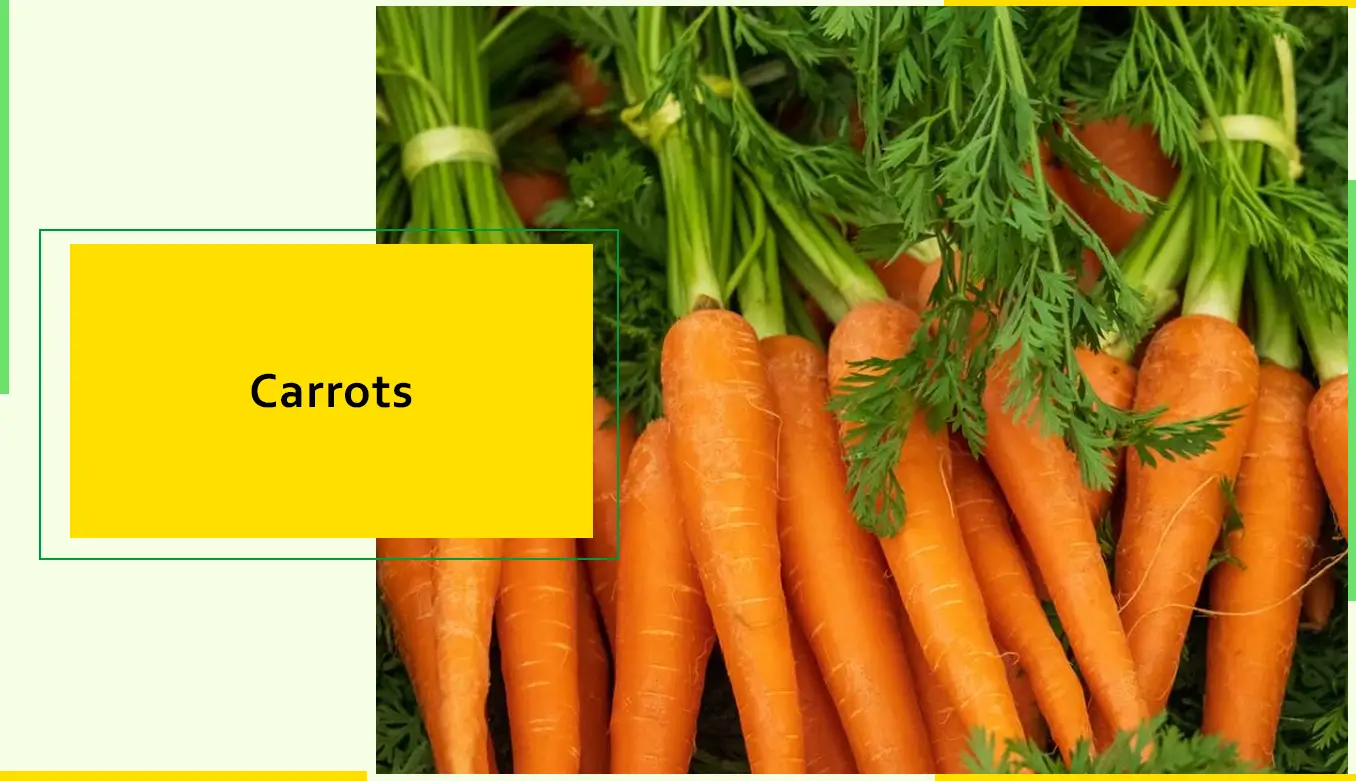
Sweet and crunchy, carrots are well-suited to shady gardens, offering a rainbow of colors and flavors to enjoy raw, roasted, or in soups and stews. Carrots thrive in cool, moist soil, producing crisp, juicy roots that are rich in beta-carotene and other essential nutrients.
Beets
Both the roots and greens of beets can be enjoyed in the shade, offering earthy sweetness and vibrant colors to salads, soups, and side dishes. Beets are easy to grow and highly nutritious, providing a good source of fiber, folate, and potassium, as well as antioxidants like betalains.
Radishes
Quick to mature, radishes add color and crunch to shady beds, with spicy, peppery flavors that complement salads, tacos, and sandwiches. Radishes come in a variety of shapes, sizes, and colors, from classic red radishes to long white daikon radishes, adding a burst of flavor and texture to any dish.
Parsley
A versatile herb that flourishes in cooler, shadier conditions, parsley adds fresh, bright flavor to a variety of dishes, from tabbouleh to pasta. Both curly parsley and flat-leaf parsley are rich in vitamins A, C, and K, as well as antioxidants and essential oils that lend a distinctive taste to soups, sauces, and marinades.
Cilantro
Refreshing and aromatic, cilantro is a shade-loving favorite, perfect for adding a burst of citrusy flavor to salsas, curries, and marinades. Also known as coriander leaf, cilantro is rich in vitamins and minerals, including vitamin C, vitamin K, and potassium, and is a staple in many cuisines around the world.
Mint
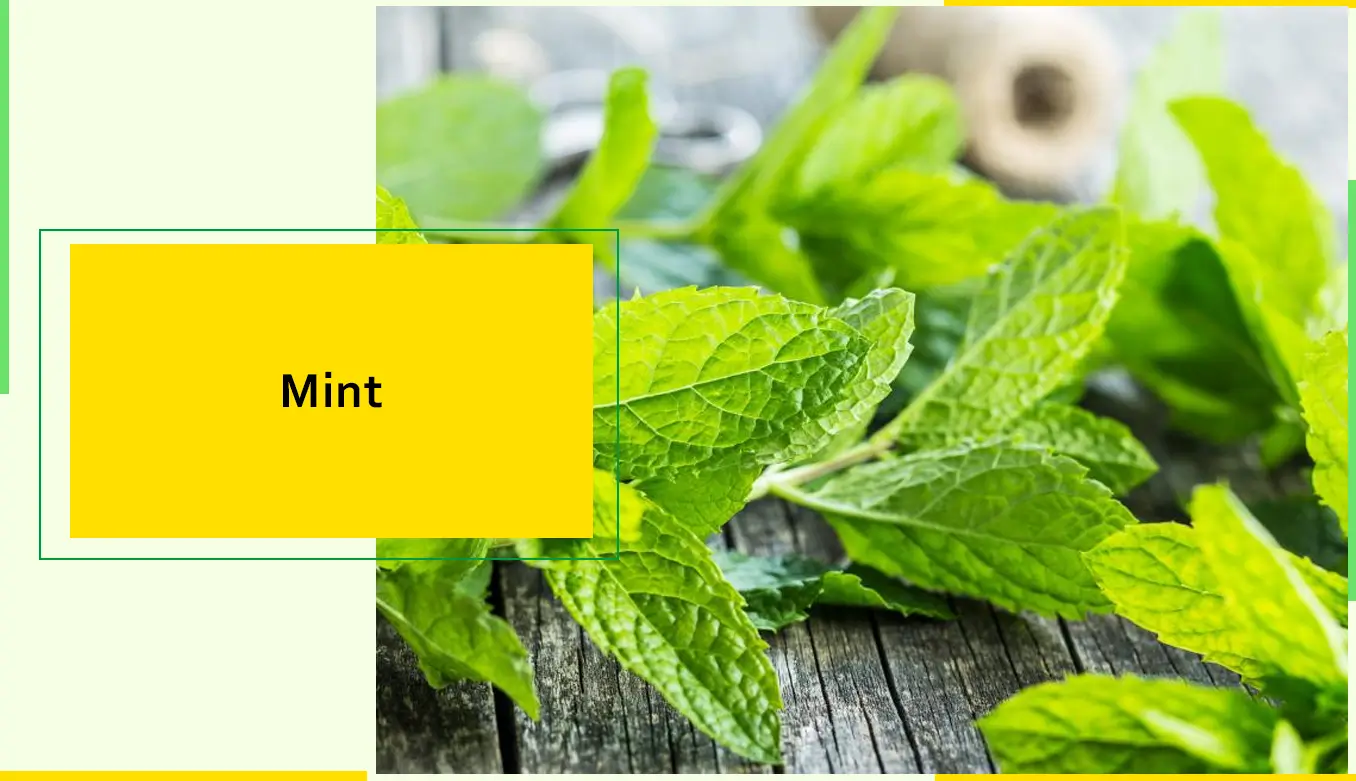
With its vigorous growth habit, mint thrives in shady corners, offering a cooling, refreshing addition to beverages, desserts, and savory dishes. Whether you’re making mojitos, mint tea, or mint chocolate chip ice cream, this aromatic herb adds a burst of flavor and fragrance to any recipe.
Arugula
Peppery and bold, arugula adds zest to shaded salads, with its distinctive flavor profile enhancing pizzas, pastas, and sandwiches. Also known as rocket or roquette, arugula is rich in vitamins and minerals, including vitamin K, vitamin A, and folate, making it a nutritious addition to any meal.
Swiss Chard
Colorful and nutritious, Swiss chard is a shade-tolerant staple, providing a hearty, earthy green that’s delicious sautéed, steamed, or added to soups. With its colorful stems and tender leaves, Swiss chard is not only visually stunning but also packed with vitamins, minerals, and antioxidants.
Bok Choy
Tender and mild, bok choy thrives in partial shade, offering crisp, juicy stems and tender leaves that are perfect for stir-fries and soups. Also known as Chinese cabbage, bok choy is rich in vitamins A, C, and K, as well as calcium, magnesium, and potassium, making it a nutritious addition to any meal.
Peas
Climbing varieties can reach for the sun in dappled shade, producing sweet, tender pods that are delicious fresh off the vine or lightly steamed. Peas are a cool-season crop that thrives in cooler temperatures, providing a good source of protein, fiber, vitamins, and minerals.
Endive
Bitter and crisp, endive is a cool-season green for shady gardens, adding a distinctive bite to salads, sandwiches, and appetizers. Also known as chicory, endive is rich in vitamins and minerals, including vitamin A, vitamin K, and folate, and is prized for its crunchy texture and slightly bitter flavor.
Mustard Greens
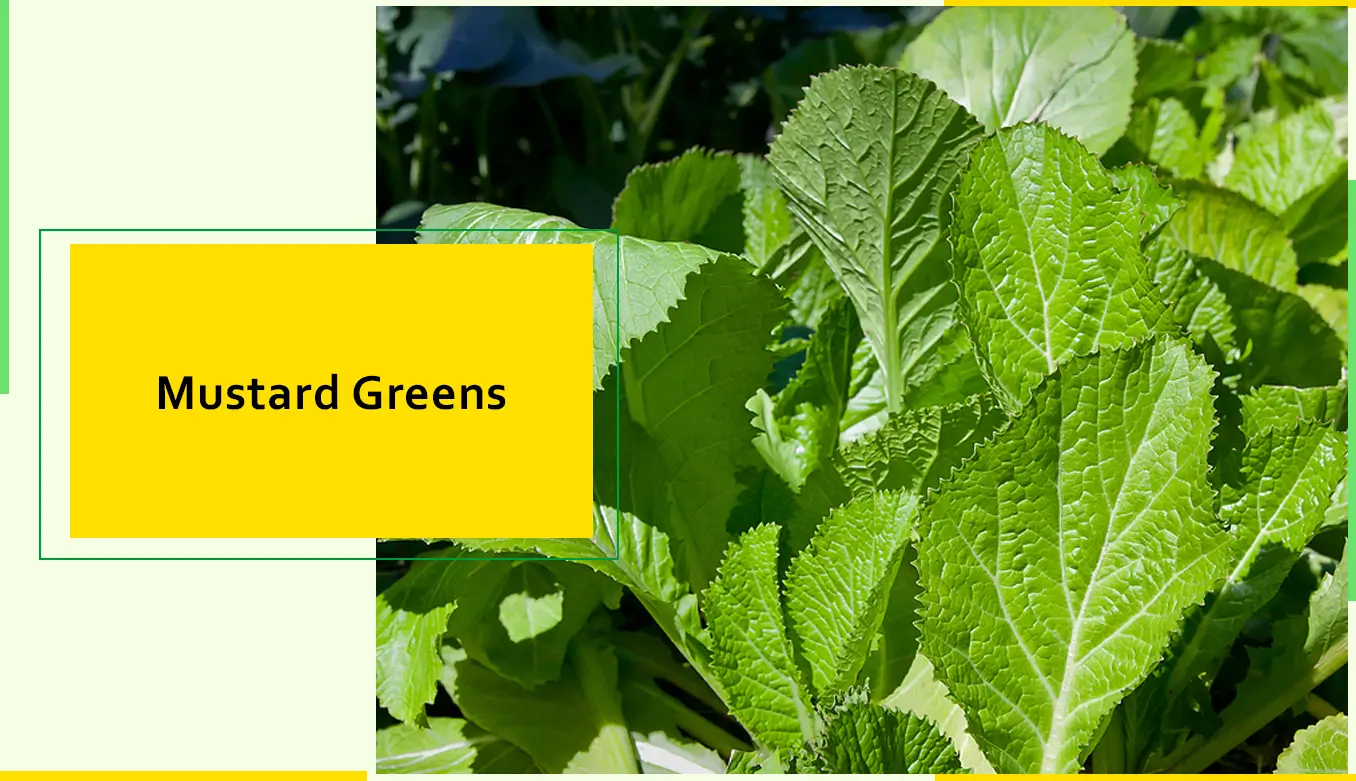
Spicy and hearty, mustard greens add flavor to shaded beds, with their bold, peppery taste complementing soups, stews, and braises. Whether you’re cooking with curly mustard greens, red mustard greens, or mizuna, these leafy greens are packed with vitamins, minerals, and antioxidants.
Mizuna
Delicate and peppery, mizuna is perfect for shady salads, adding a subtle bite and beautiful texture to mixed greens and Asian-inspired dishes. Mizuna is rich in vitamins A, C, and K, as well as antioxidants and phytonutrients, making it a nutritious addition to any meal.
Tatsoi
Nutty and nutritious, tatsoi thrives in cool, shady conditions, offering tender leaves and crunchy stems that are delicious raw or cooked. Also known as spoon mustard or rosette bok choy, tatsoi is rich in vitamins and minerals, including vitamins A, C, and K, and is prized for its mild, slightly sweet flavor.
Radicchio
Bold and bitter, radicchio adds depth to shady garden beds, with its vibrant color and distinctive flavor elevating salads, pastas, and risottos. Radicchio is rich in vitamins and minerals, including vitamin K, folate, and potassium, and is prized for its crunchy texture and slightly bitter taste.
Scallions
Easy to grow and versatile, scallions are ideal for shady plots, providing mild onion flavor to a variety of dishes, from soups to stir-fries. Also known as green onions or spring onions, scallions are rich in vitamins A, C, and K, as well as antioxidants and essential oils that lend a distinctive taste to any recipe.
Asian Greens
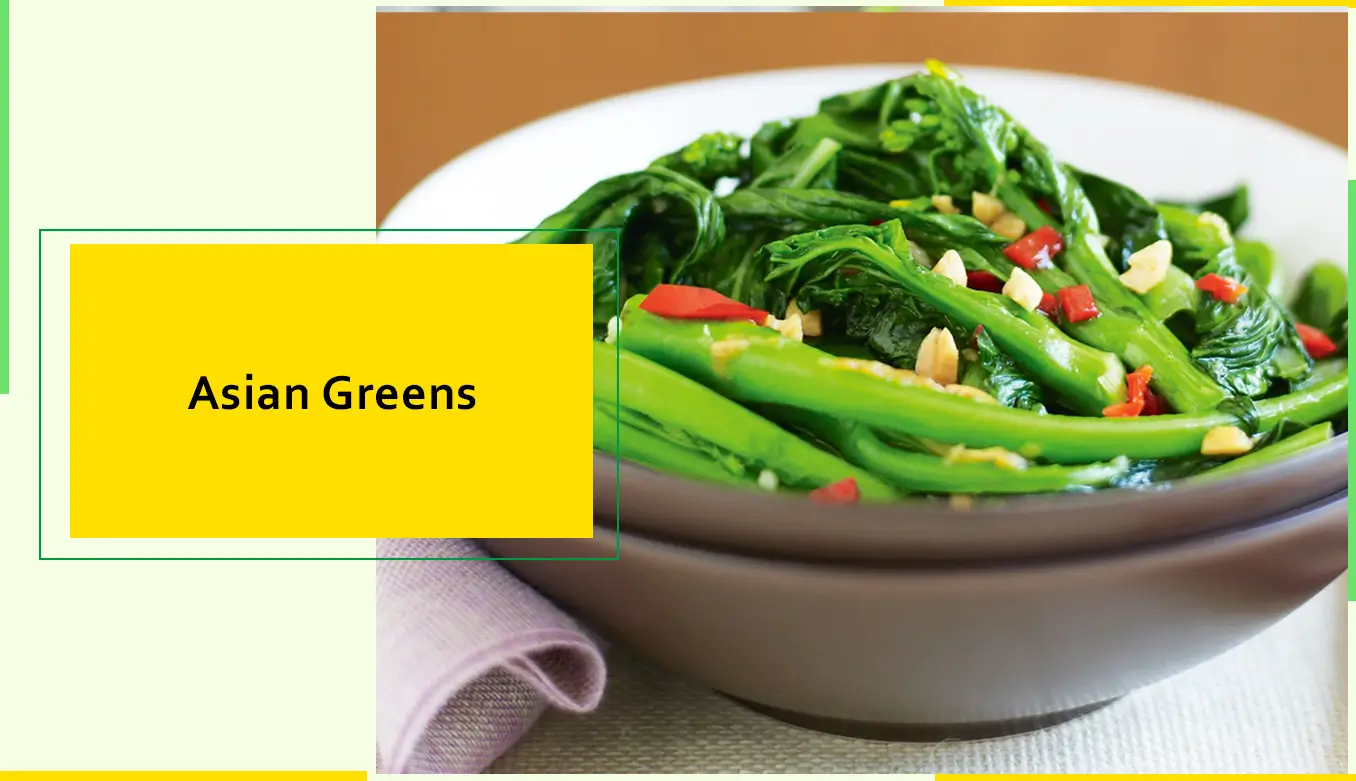
Varieties like komatsuna and mizuna are shade-tolerant and delicious, adding a unique twist to salads, stir-fries, and noodle dishes. Whether you’re cooking with baby bok choy, yu choy, or gai lan, Asian greens are rich in vitamins, minerals, and antioxidants, making them a nutritious addition to any meal.
Sorrel
Tangy and tart, sorrel is a shade-loving herb with a lemony flavor, perfect for adding brightness to salads, soups, and sauces. Sorrel is rich in vitamins and minerals, including vitamins A, C, and B, as well as potassium and magnesium, and is prized for its distinctive taste and vibrant green color.
Collard Greens
Robust and hearty, collards are well-suited to shady gardens, offering large, nutritious leaves that are delicious braised, sautéed, or stuffed. Collard greens are rich in vitamins and minerals, including vitamins A, C, and K, as well as calcium and folate, making them a nutritious addition to any meal.
Broccoli Raab
Quick to mature, broccoli raab thrives in cooler temperatures, producing tender shoots and buds that are delicious sautéed or roasted. Also known as rapini or broccoli rabe, broccoli raab is rich in vitamins and minerals, including vitamins A, C, and K, as well as fiber and antioxidants.
Fennel
With its feathery foliage, fennel adds elegance to shady corners, offering crunchy bulbs and aromatic fronds that are perfect for salads and roasts. Fennel is rich in vitamins and minerals, including vitamin C, potassium, and fiber, and is prized for its distinctive licorice flavor and crisp texture.
Kohlrabi
Crunchy and sweet, kohlrabi is a shade-tolerant root vegetable, with its mild, turnip-like flavor enhancing slaws, salads, and stir-fries. Kohlrabi is rich in vitamins and minerals, including vitamins C and B6, potassium, and fiber, and is prized for its crunchy texture and sweet, slightly peppery taste.
Watercress
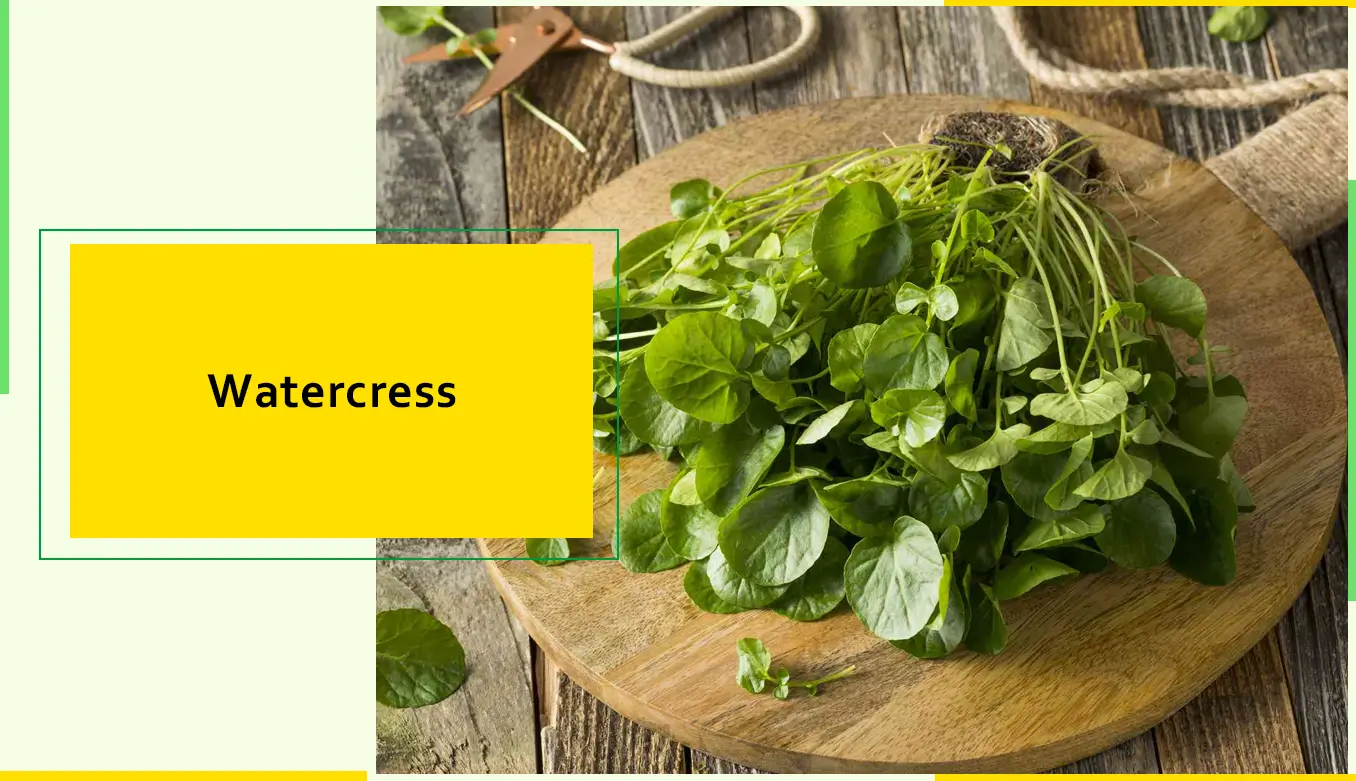
Thriving in moist, shady conditions, watercress adds peppery bite to salads and sandwiches, with its tender leaves and crunchy stems. Watercress is rich in vitamins and minerals, including vitamins A, C, and K, as well as calcium and iron, and is prized for its distinctive spicy flavor and vibrant green color.
Celery
Moisture-loving celery is perfect for shady spots in the garden, providing crisp, refreshing stalks that are delicious raw, cooked, or juiced. Celery is rich in vitamins and minerals, including vitamins A, C, and K, as well as potassium and folate, and is prized for its crunchy texture and mild, slightly salty flavor.
Conclusion
As we draw our shady gardening adventure to a close, I hope you’re feeling inspired to transform your dimly lit corners into vibrant patches of greenery and goodness. Remember, gardening in the shade may present its challenges, but with the right knowledge and a sprinkle of creativity, you can cultivate a thriving oasis of vegetables that will delight your senses and nourish your body. So, embrace the possibilities, experiment with different varieties, and don’t be afraid to let your shady garden shine!



